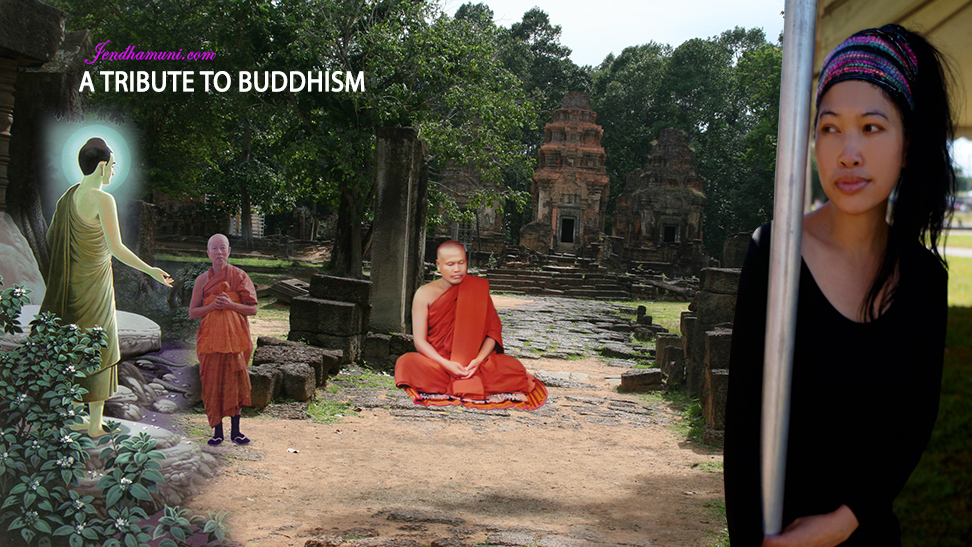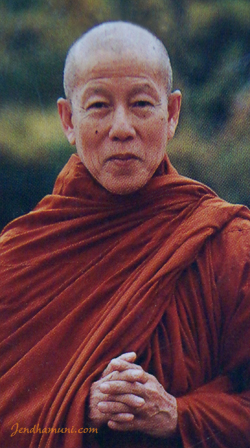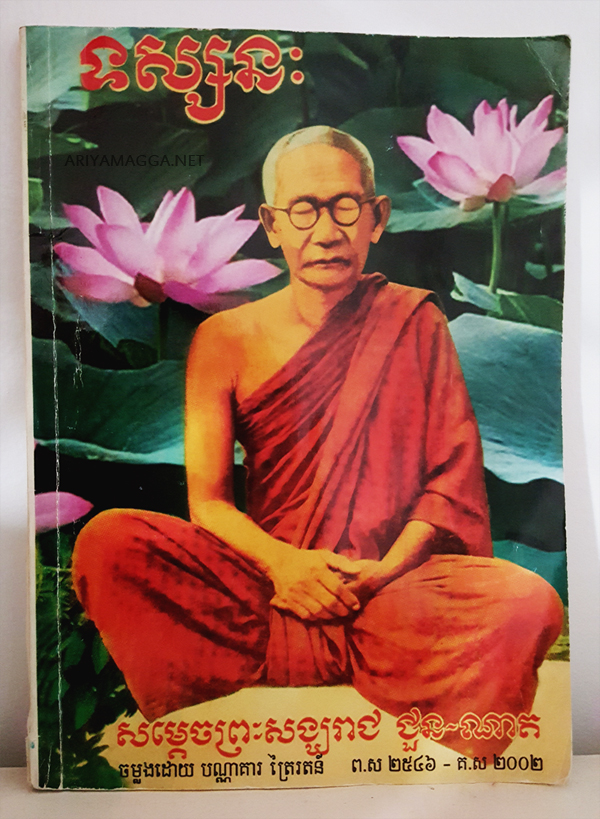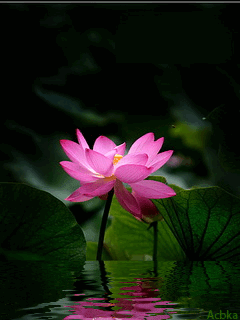Queen Maha Maya’s Dream
Freedom is not given to us by anyone; we have to cultivate it ourselves. It is a daily practice… No one can prevent you from being aware of each step you take or each breath in and breath out. ~Thich Nhat Hạnh
More than 2,500 years ago, there was a king called Suddhodana. He married a beautiful Koliyan princess named Maha Maya. The couple ruled over the Sakyas, a warrior tribe living next to the Koliya tribe, in the north of India, in what is now known as Nepal. The capital of the Sakya country was laid out across the foothills of the Himalayas and called Kapilavatthu.
Queen Maha Maya was the daughter of King Anjana of the Koliyas. Such was her beauty that the name Maya, meaning “vision” was given to her. But it was Maya’s virtues and talents that were her most wonderful qualities, for she was endowed with the highest gifts of intelligence and piety. King Suddhodana was indeed worthy of his lovely wife. He himself was called “King of the Law” because he ruled according to the law. There was no other man among the Sakyas more honored and respected. The king was admired by his nobles and courtiers, as well as by the householders and merchants. Such was the noble family from which the Buddha was to arise.
One full moon night, sleeping in the palace, the queen had a vivid dream. She felt herself being carried away by four devas (spirits) to Lake Anotatta in the Himalayas. After bathing her in the lake, the devas clothed her in heavenly cloths, anointed her with perfumes, and bedecked her with divine flowers. Soon after a white elephant, holding a white lotus flower in its trunk, appeared and went round her three times, entering her womb through her right side. Finally the elephant disappeared and the queen awoke, knowing she had been delivered an important message, as the elephant is a symbol of greatness in Nepal. The next day, early in the morning, the queen told the king about the dream. The king was puzzled and sent for some wise men to discover the meaning of the dream.
The wise men said, “Your Majesty, you are very lucky. The devas have chosen our queen as the mother of the Purest-One and the child will become a very great being.” The king and queen were very happy when they heard this.
They were so pleased that they invited many of the noblemen in the country to the palace to a feast to tell them the good news. Even the needy were not forgotten. Food and clothes were given to the poor people in celebration. The whole kingdom waited eagerly for the birth of the new prince, and Queen Maya enjoyed a happy and healthy pregnancy, living a pure life for herself and her unborn child.
Life of the Buddha
Source: BuddhaNet

















